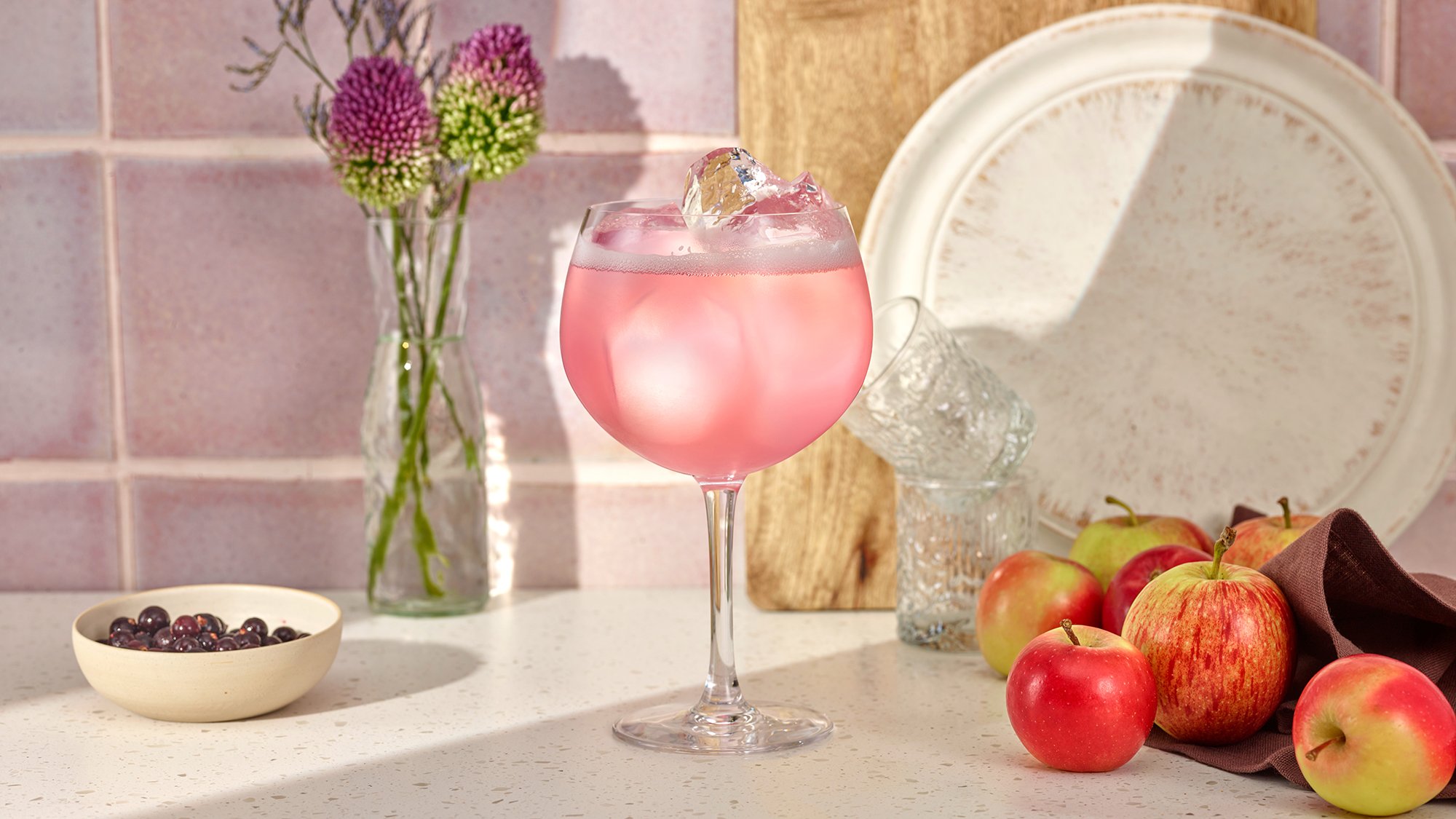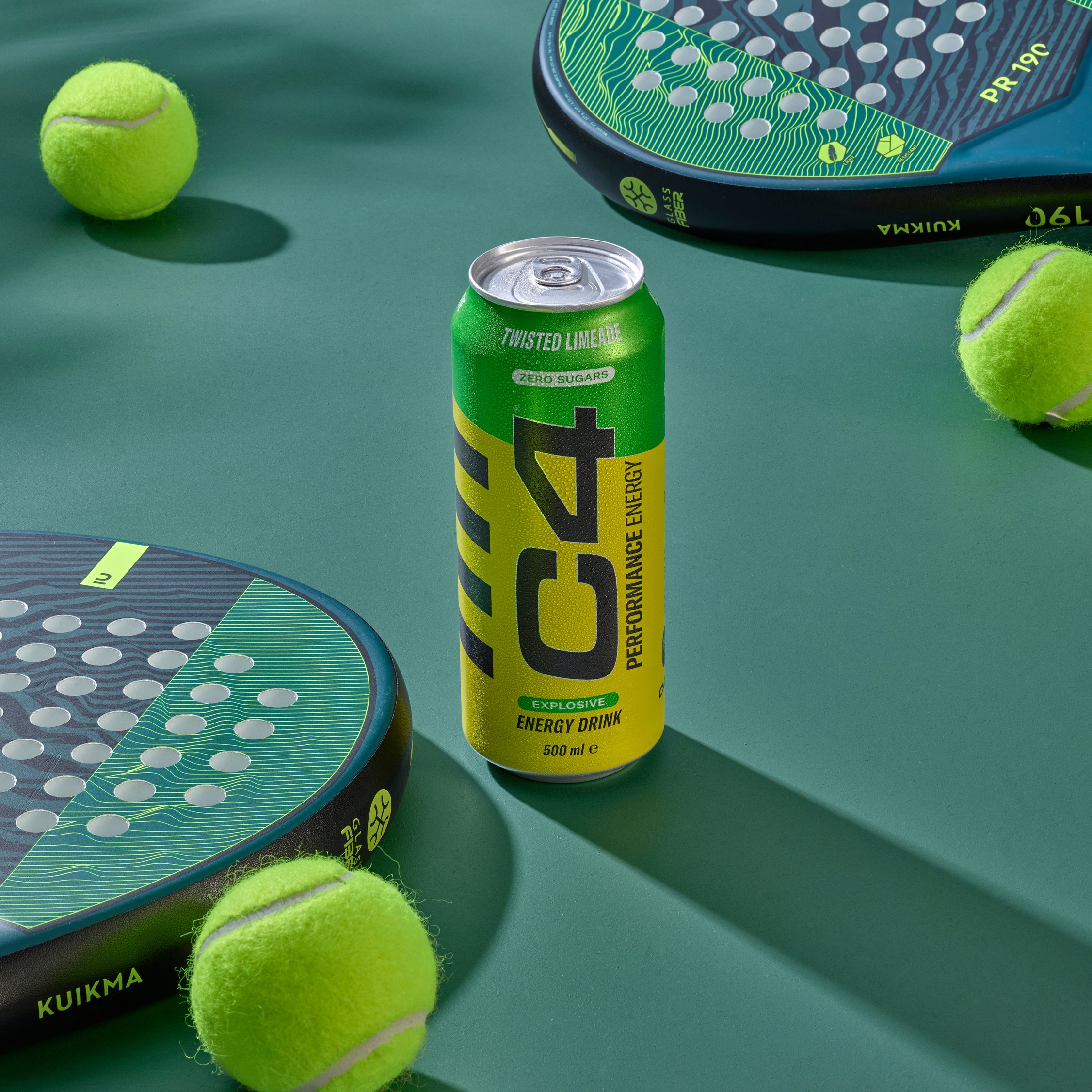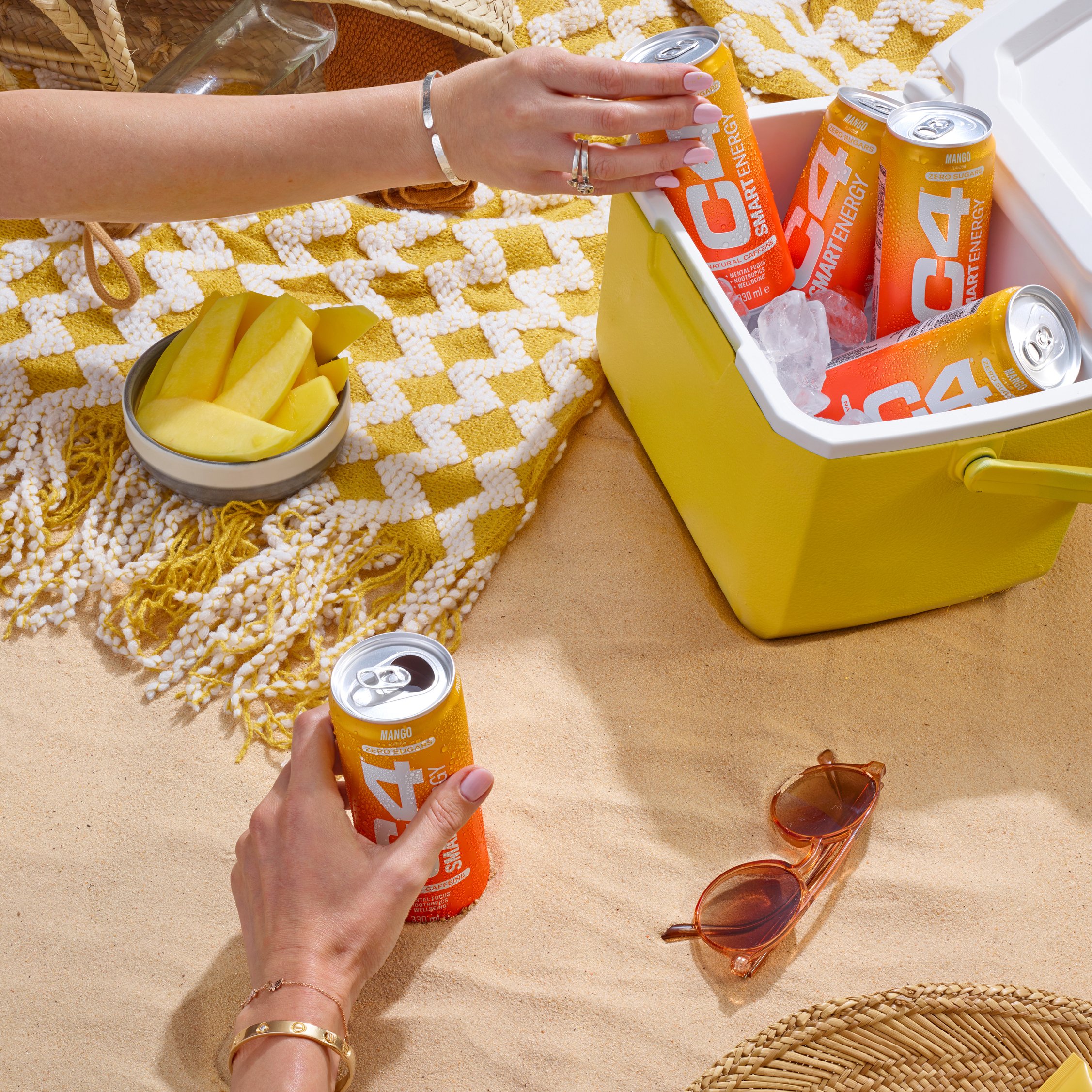How Do You Photograph Drinks?
Photographing drinks effectively involves a blend of specialised equipment, techniques, and styling to showcase the product's appeal. Here's a guide to the essentials and best practices for capturing enticing images of beverages:
Essential Equipment and Setup
Lighting: Premium lighting is crucial for highlighting the texture, form, and branding of drinks. Use soft, diffused lighting to reduce reflections and ensure the drink's details are clear. A backlight can be effective for translucent beverages, enhancing their colour and making them more visually appealing.
Camera and Lens: A high-quality camera with a macro lens or a lens with a wide aperture is ideal for capturing fine details and creating a sharp focus on the drink.
Background: A clean, neutral background, often white or a subtle gradient, helps to keep the focus on the drink itself and reduces distractions.
Tripod: Use a tripod to maintain stability and avoid camera shake, especially when dealing with close-up shots.
Props and Garnishes: Include garnishes that complement the drink, such as fresh fruits, herbs, or ice cubes. These can enhance the drink's visual appeal and make it look more inviting.
Tips and Tricks for Styling and Challenges
Styling: To make the drink look irresistible, use garnishes and props that match the product. For instance, a cocktail might be styled with a twist of citrus or a sprig of mint. Ensure the garnishes are fresh and appropriately placed to complement the drink without overpowering it.
Dealing with Condensation: Creating the appearance of a chilled, refreshing drink can be challenging, especially under hot lights which cause water droplets to evaporate quickly. To address this, use a mixture of glycerin and water along with a dulling spray to simulate condensation. This mixture creates realistic-looking droplets that last longer under lighting conditions.
Avoiding Common Challenges: Manage reflections and glare, especially when photographing reflective surfaces like glass bottles or cans. Use polarising filters to reduce unwanted reflections and ensure that the branding and texture of the drink are captured clearly.
By paying attention to these details and employing the right techniques, you can create high-quality, appealing images of drinks that effectively showcase their characteristics and attract potential customers.








